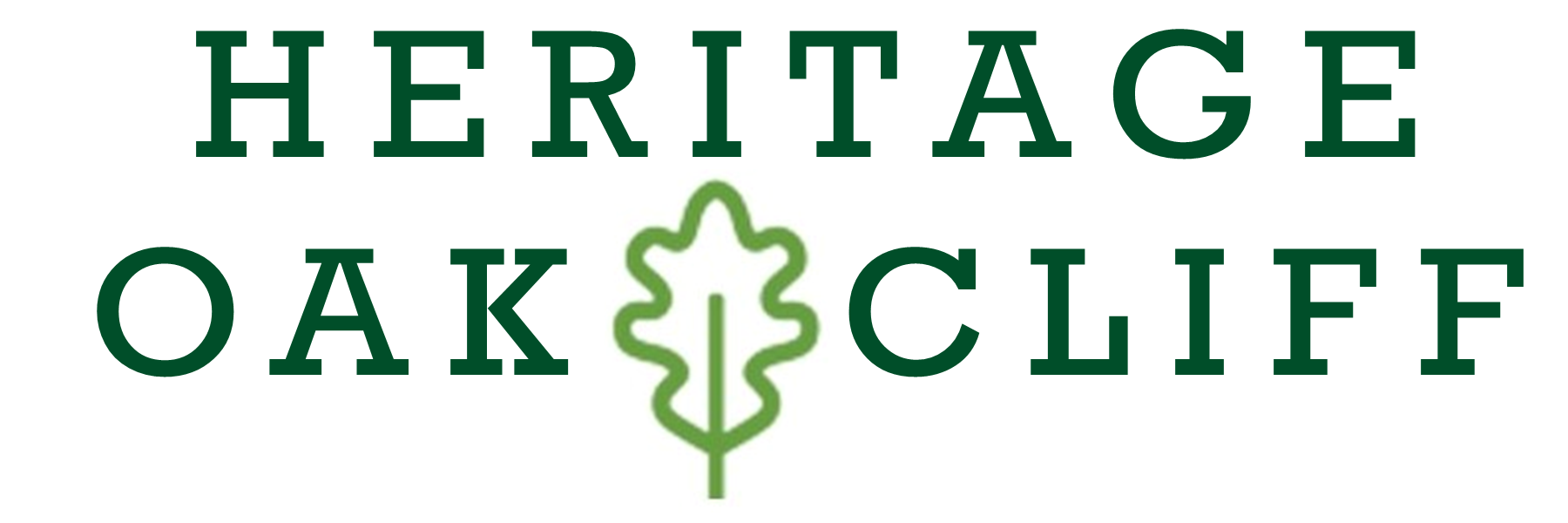
Beverly Hills |
Website: NextDoor: Facebook: Number on Neighborhood Map: 10 District: | Neighborhood Representative
Barbara Barbee | Neighborhood Representative Alternative
Open Role |
About The Neighborhood | Neighborhood History |
Country living in the city The Beverly Hills Neighborhood was originally dairy farmland that started as part of the McCoombs and McCracken Surveys in the mid 1800s. Part of this area was ceded to the European American Colonization Society La Reunion holdings. When this idealistic group failed to take into consideration the poor land quality and the extremely hot, dry summers coupled with insect invasions and the abrupt cold fronts of winter, so unlike the European conditions that they had known before, the project failed. Later, Mr. F. G. Jester purchased 90 acres of the land and had it platted for development in 1914. Beverly Hills was not part of Dallas until 1929. City services were non-existent. The original deeds to the lots included a part share of the artesian well across Westmoreland. Nearly everyone had a septic tank, vegetable garden, fruit trees and chickens. Some neighbors even had a cow to continue the dairy farm tradition. This was country living close to Dallas. Beverly Hills had its own movie theater, clinics, and a small shopping center at the corner of Davis and Westmoreland with a Wyatt Grocery Store, Ben Franklin Dime Store, florist, barbershop, lawnmower repair, laundromat, several restaurants, churches, gas stations and garages. The local elementary school on the hill across Jefferson, Irwindell Independent School District, was not annexed by DISD until 1926, when it became George Peabody. Public transportation had been limited to the Interurban that ran along Jefferson to Ft. Worth. When that was discontinued about 1950, a direct bus service to downtown Dallas was started. In the 1950s the local high school hangout was Sivil’s Drive In a few blocks to the west where Davis and Ft. Worth Avenue intersect. Down Davis the Torch Restaurant of the Semos Family did a big business in Greek food. | New-and-improved In the early development, frame houses were the norm and a few from the 1920s remain in the neighborhood, although most of those remaining houses from the 1920s are now covered in Texas ironstone. In the 1930s and 40s Craftsman style bungalows with 2 bedrooms and 1 bath had from 1,000 to 1,200 square feet and were the most common on Westmoreland, Jester and Barnett. The Ravinia Terrace portion of Beverly Hills began to be built up with cottages after WW II ended and the housing shortage became acute. Every decade brought new construction and that continues until today. There are still a few vacant lots that are sought for the reasonable price and the close to town location. Because this area was developed over 90 years there is a mix of styles that includes, Craftsman, Cape Code, Spanish and Ranch or mid-century Modern.
One of the selling features of the area is the presence of Coombs Creek as the southern and eastern boundaries of the neighborhood. Many of the mid-century modern houses are next to the creek with its high chalk cliffs and old growth trees because the Ninth, Cliffdale and Cavender portions of the neighborhood were the last to be built. The neighborhood association was founded in 1997 to try to answer some of the problems that had plagued Beverly Hills for several decades: lax code enforcement, speeding, poor lighting, crime, unimproved streets and no sidewalks. In the 12 years since its founding, BHNA received 501 (c) 3 status. It organized an active Crime Watch, got School Zones with flashers, street lights, speed bumps, four-way stop signs and no dumping signs installed and a Coombs Creek survey done to address bank erosion problems. Sign toppers were installed through grants from the League and Methodist Hospital. BHNA took part in the neighborhood history survey for Preservation Dallas. Through the paving petition process sidewalks, curbs, gutters, storm drains and new concrete streets on Jester, Barnett, Ravinia and Eighth Streets were completed. Now the last remaining unimproved street, Ninth Street, is being replaced. That is 12 blocks of complete street replacement plus 3 blocks of new sidewalks on other neighborhood streets of which the total value is about $ 2.5 million. This new paving has made a tremendous difference in the appearance of the neighborhood and the safety of the children who walk to school. To beautify the parkways of these new streets, 100 Crepe Myrtle trees were received from the Dallas Reforestation Program. BHNA also sponsors an annual Clean Up and Crime Watch Night Out Block Party. To raise money for its projects BHNA has sold scrap metal to recyclers for about 10 years. |
Heritage Oak Cliff Grants
Current Year - 2021 No Grants Awarded | Historical Grants No Grants Awarded |
